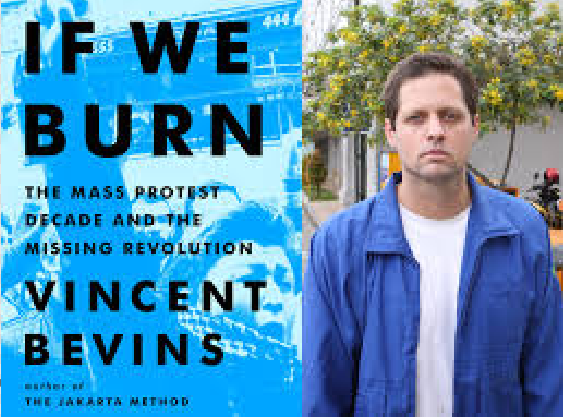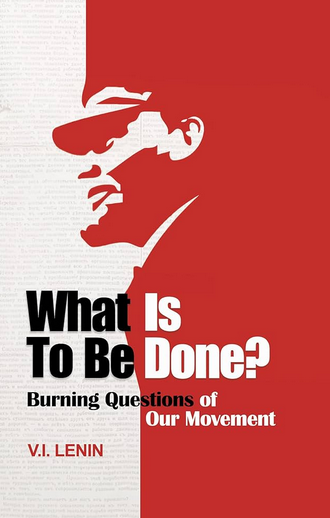
The water protests in Ireland can be seen as part of a wider pattern of water protests around the world. However, they also took place during a decade of more general revolutionary protests that brought millions of people onto the streets in cities from Tunisia to Brazil, from Istanbul to Seattle. In addition to what could be termed progressive protest, the first decades of this century were also witness to ‘colour revolutions’ directed from the West, which sought to topple non-compliant regimes in countries like Libya, Syria, Ukraine, and Belarus.
by workersparty.net admin
In his book, If We Burn, journalist Vincent Bevins notes that during the period from 2010 to 2020” around the world, humanity witnessed the explosion of mass protests that heralded profound changes” in South America, the Middle East and in Europe.
“They were experienced as euphoric victory for their participants and met with adulation and optimism in the international press. But years later, after most of the foreign reporters were gone, we see that the uprisings preceded—if not necessarily caused—outcomes that were very different from the goals of the movements. Nowhere did things turn out as planned. In far too many cases, things got much worse, according to the standards articulated by the streets themselves.”
Did these protests share something that led them to fail to reach their goals? Bevins writes, “looking back on 2013, Fernando Haddad [Brazilian Education Minister in Dilma’s Workers Party government] tied the form of the uprising to the outcome. ‘After 1999 [the year of the Seattle protests] we saw the rise of a certain anti-state left, with a kind of neo-anarchist charm, that kept its distance from governments and any instantiation of political representation in general’.”
“Protests across the world in city streets or public squares prided themselves on being leaderless, ‘horizontally’ organized, ‘spontaneous,’ and digitally coordinated. They took forms that were said to ‘prefigure’ the society they were meant to help bring about.”

And they failed, in general, to reach their goals. Bevins states that “at the end of the day, horizontalism is a reflection of individualism…. The format of the mass assembly, all the talking, was perfectly suited to the ‘hyper-articulate and educated middle class that tended to dominate protests in the 2010s’”, but no coherent revolutionary demands were made by these activists, and so when the streets had emptied no demands had been met.

In ‘What is to be Done’, written more than 120 years ago, Lenin discussed the spontaneous ‘revolutionaries’ of his own time:
“…all worship of the spontaneity of the working-class movement, all belittling of the role of ‘the conscious element’ [ideology and organisation], of the role of Social-Democracy [the communist party], means, quite independently of whether he who belittles that role desires it or not, a strengthening of the influence of bourgeois ideology upon the workers. All those who talk about ‘overrating the importance of ideology’, about exaggerating the role of the conscious element etc., imagine that the labour movement pure and simple can elaborate, and will elaborate, an independent ideology for itself, if only the workers ‘wrest their fate from the hands of the leaders’. But this is a profound mistake.
Bevins notes that “of course, the actual Leninists never went away, and the whole time they were there insisting on discipline and coordinated action. As we saw, they played a role in getting things started in places like Tunisia and Egypt.”
Although small in size, the Workers Party played an important role in the direction and organisation of opposition to water charges. The Party is centrally aware of the importance of organisation and correct analysis, discipline and co-ordination. It is hoped that the timeline of events surrounding water charges presented here will provide readers with information for present and future struggles.

